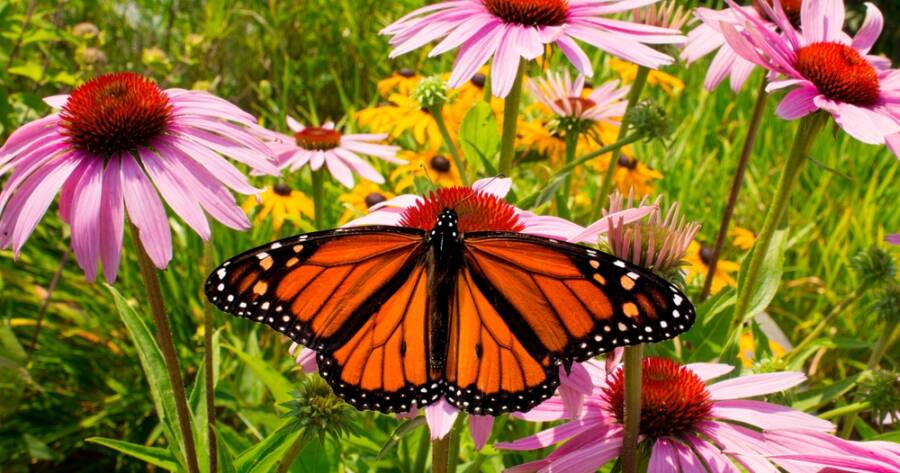Imagine a garden alive with bees gently buzzing and butterflies fluttering by. Wouldn’t it be amazing to witness nature’s artistry right in your backyard? Creating a pollinator-friendly garden not only enhances your outdoor space’s beauty but also supports essential ecosystem functions. If you’re interested in adding an enchanting and purposeful element to your outdoor area, a pollinator garden could be your next project.
What Is a Pollinator-Friendly Garden?
A pollinator-friendly garden is designed with the needs of pollinators in mind. These gardens aim to offer a rich supply of pollen and nectar through diverse plantings. Pollinators include bees, butterflies, moths, beetles, and even birds like hummingbirds. Each of these creatures plays a crucial role in pollination, a process vital to many plants and crops.
Creating such a garden can involve more than just planting flowers. The layout, variety, and maintenance practices should cater to the needs of these diverse visitors. Features like water sources, nesting sites, and shelter can enhance the garden’s appeal. By welcoming a multitude of pollinators, your garden can become a thriving ecosystem.
Benefits of Pollinator-Friendly Gardens
Pollinator-friendly gardens can offer numerous benefits beyond their visual appeal. They can help support local wildlife by providing essential resources for pollinators. This connection can enhance biodiversity, helping to stabilize ecosystems and food chains. As pollinators thrive, plants may flourish, resulting in more robust crops and vibrant landscapes.
These gardens can promote environmental health, reducing the need for chemical pesticides. Naturally balanced ecosystems can lead to better pest control, as beneficial insects regulate unwanted ones. Additionally, embracing native plants often means less water and maintenance, potentially leading to conservation efforts. A pollinator-friendly garden may not only enrich your outdoor space but also contribute to a healthier planet.
Choosing the Right Plants
Selecting the right plants is crucial for a pollinator-friendly garden. Native plants can often be the best choice. They tend to thrive in local conditions and require less maintenance. For example, coneflowers, milkweed, and bee balm can draw bees, butterflies, and hummingbirds. Your choices should aim to provide nectar and pollen throughout the growing season.
The diversity of plants can enhance your garden’s allure. Consider including a range of shapes and colors to attract different types of pollinators. While bees may prefer blue and yellow flowers, butterflies may be drawn to the vibrant reds and oranges. Including plants with varied blooming times can ensure continuous nourishment. A garden filled with blossoms from spring to fall could be a haven for these vital creatures.
Creating Habitats for Pollinators
It can be essential to create an inviting environment for pollinators. Beyond flowers, your garden can include features that offer shelter and nesting sites. Dead wood and bare patches of soil might encourage ground-nesting bees, while hollow stems or dedicated bug hotels could provide homes for others. Even a small log pile might become a buzzing hub of activity.
Water is another vital element for pollinators. Consider adding a shallow dish or birdbath with pebbles to give insects a safe place to drink. A pond or stream may also attract a range of wildlife. With a bit of effort, your garden can soon be bustling with life.
Avoiding Chemicals and Pesticides
Harsh chemicals and pesticides can be detrimental to pollinators. It can be wise to seek natural alternatives for pest control in your garden. You could explore options like neem oil or insecticidal soap if issues arise. Encouraging natural predators such as ladybugs can also help manage pests naturally.
Companion planting can offer another solution. For instance, planting marigolds near vegetables can deter pests. This approach can help reduce the need for harmful substances and keep pollinators safe. With careful management, your garden can flourish without the need for synthetic chemicals.
Embracing the Seasonal Changes
Pollinator-friendly gardens can offer interest and beauty year-round. As seasons change, flower varieties can provide seasonal interest. In the spring, blossoms such as crocus and violets may signal your garden’s awakening. Summer could bring a riot of color with daisies and sunflowers, while autumn might see asters and goldenrods taking center stage.
Winter’s rest shouldn’t mean a bland garden. With the right plants, you can enjoy visual interest even during the colder months. Ornamental grasses, evergreens, and seed heads like those of echinacea could add structure and depth. Embracing these seasonal transitions can make your garden a dynamic and ever-changing landscape.
Supporting the Local Ecosystem
A pollinator-friendly garden can be more than just visually appealing. It can contribute to a healthy and balanced local ecosystem. The presence of pollinators can support other wildlife, potentially benefiting birds and small mammals. By fostering this diversity, you may observe a thriving miniature ecosystem right in your backyard.
Education and engagement with local community efforts can enhance your garden’s impact. Sharing your experiences with neighbors can encourage others to plant for pollinators. Community gardens and schools can also play a role in supporting local biodiversity. Together, these efforts can weave a network of habitats that sustain and protect pollinators.
Nature’s Masterpiece Awaits
Your pollinator-friendly garden can become a vibrant haven for wildlife and a retreat for reflection and joy. By combining thoughtful plant choices with habitat creation and natural care, you can cultivate a flourishing environment. Nature’s masterpiece can unfold before your eyes, delighting your senses and nurturing vital pollinators. As more gardens transform into buzzing sanctuaries, the collective effort can spark a movement benefiting our planet as a whole.

